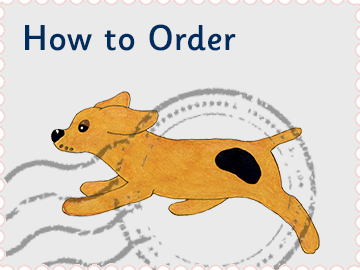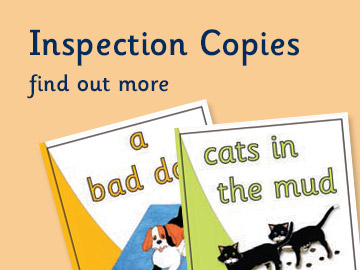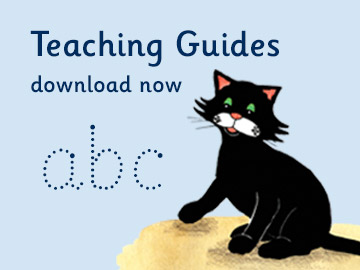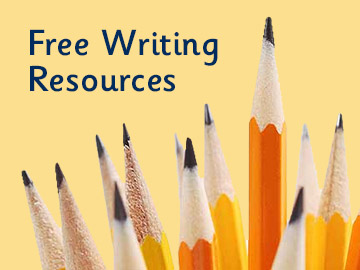Spellings, Letters, Sounds and Learning to Read
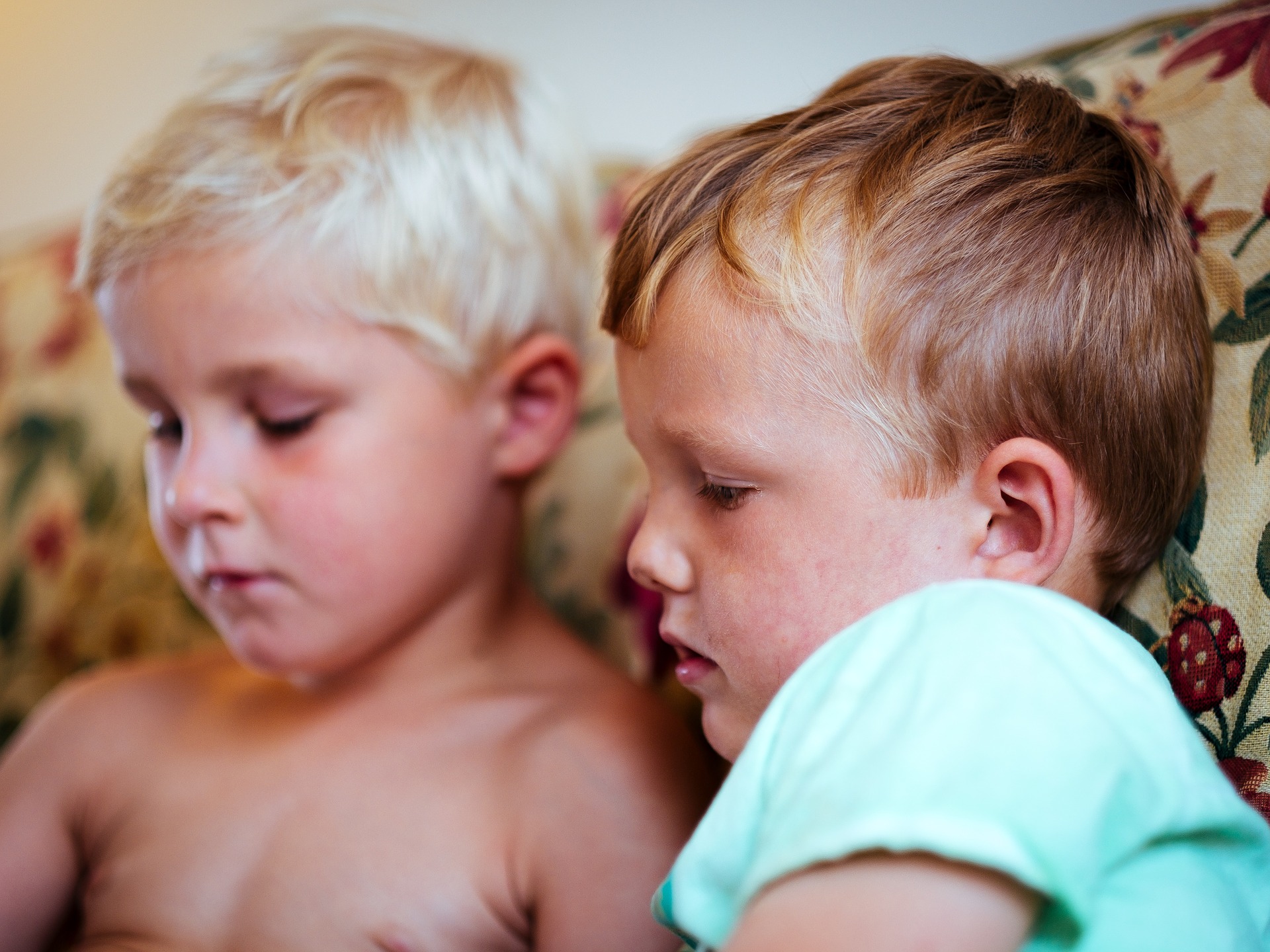
In the 17th century, the spellings of English words were ‘set in stone’ when the first dictionaries were written. These spellings have not changed over time. It is because of this, that we can read books written in previous centuries. However, the 26 letters of the English alphabet are pronounced in many different ways in written words.
If we consider the letters of the alphabet as they occur in common written words, we cannot help but notice that the letters are pronounced in different ways in each set of words.
a: cat, a, baby, father, was, warm, farm, chair, heard, leaf, scare, any
b: bat, lamb, debt
c: cat, city, chip
d: dog, jumped, ledge
e: the, he, bed, her, sheep, dinner, flew, steak, sew, eyes,
f: off, of
g: got, orange, high, cough, through, gnat, thought
h: hot, chip, this, she, think, rough, through, phonic, whole
i: in, sign, piece, rain, soil, receive, fruit, friend
j: jet
k: kitten, knee
l: lip, half, could
m: man
n: not, bang, autumn
o: hot, soon, took, storm, toad, town, thought, boy, one, to, come
p: pan, phonic, pneumonia
q: queen, cheque
r: run, farm, butter, curl, born, first, iron
s: is, sun, ship, island, sugar
t: top, them, think, catch
u: nut, you, out, august, through, build, curl, guard, busy
v: van
w: was, saw, down, flew, two, when, whole, sword
x: box, exam, xylophone
y: my, mummy, gym, yes
z: zebra
Clearly, from this limited exercise, the letters j, m, v and z have one pronunciation each. Every other letter of the alphabet has multiple pronunciations. It is because letters and sounds do not have one-to-one correspondences in writing and speaking that learning to read and write in English is very difficult.
If we consider some of the common letter combinations we see in English words, it is evident that most of these have multiple pronunciations too. Examples are:
ai: rain, said, bargain
ay: play
a-e: came, have, camel
ee: sheep
ea: leaf, head, steak, create,
e-e: these, never, there, were, here
ie: pie, field, quiet, friend
i-e: like, give
oa: toad, broad, oasis
o-e: stone, love, move, grovel
oo: took, moon, cooperate, door
u-e: rule, use, cure
ue: true, rescue, tongue
ew: flew, new, reward, sew
ow: down, show, towards
ou: out, soup, could, though
ar: farm, warm, parallel
er: kerb, butter, very
ir: girl, direct, mirror
or: storm, worm, borrow
ur: burn, bury, during
oi: soil, going
al: ball, shall, half
wa: was, wax
ey: key, they
oy: boy
igh: high
air: hair
are: scare, are
ear: near, bear, heard , heart
ure: pure, picture
our: hour, pour, colour
ore: more, forest
ck: duck
sh: ship, mishap
ch: chip, chemist, chef
th: this think
Synthetic phonic programmes arrange these spellings and sounds the other way round. They begin with sounds, shown in slash marks e.g. /a/, /b/ etc., and from there they show the different spellings of each sound in different words. The resulting charts are called ‘alphabet code’ charts. An example is here:
/a/: cat
/e/: bed, head, said, any
/i/: pin, crystal, business, monkey
/o/: hot, sausage, was, yacht, cough
/u/: up, could, brother, blood
/ae/: baby, rain, gate, play, steak, ballet, vein, debut, suede, dahlia,
/ee/: see, me, these, leaf, pony, field, radio, protein, money, people, quay, foetus
/ie/: my, pie, like, find, high, eye
/oe/: toe, go, toad, glow, bone, sew, shoulder
/oo/: blue, moon, flew, soup, fruit, shoe
/yoo/: use, new, statue, music, beauty
/ar/: farm, half, father, heart
/schwa/: the, dinner, tractor, centre, colour, pizza, picture
/ur/: were, kerb, girl, curl, heard, worm
/or/: for, saw, autumn, fall, warm, caught
/ow/: down, out
/oo/: look, put
/oi/: soil , royal
/ear/: near, here, deer , pier
/air/: hair, bear, there, stare, their
/b/: bat, rabbit, build
/d/: dog, add
/f/: fun, off, cough, phonic
/g/: got, egg, guard, ghost
/h/: hat, whole
/j/: jet, edge, orange, giant
/k/: cat, kitten, black, chemist, plaque, biscuit
/l/: leg, doll, apple
/m/: man, comma, lamb, come, autumn
/n/: not, annual, gnome, know, engine, mnemonic
/p/: peg, happy
/r/: rat, lorry, write, rhyme
/s/: sun, mess, city, scent, fence, castle, mouse
/t/: top, letter
/v/: van, of, have
/w/: will, one, when, suite,
/y/: yes
/z/: zebra, is, cheese, freeze
/sh/: ship, chef, special, admission, attention
/ch/: chip, picture, catch, tune, cello
/th/: this, breathe
/th/: thank
/ng/: ring
/zh/: treasure, vision

